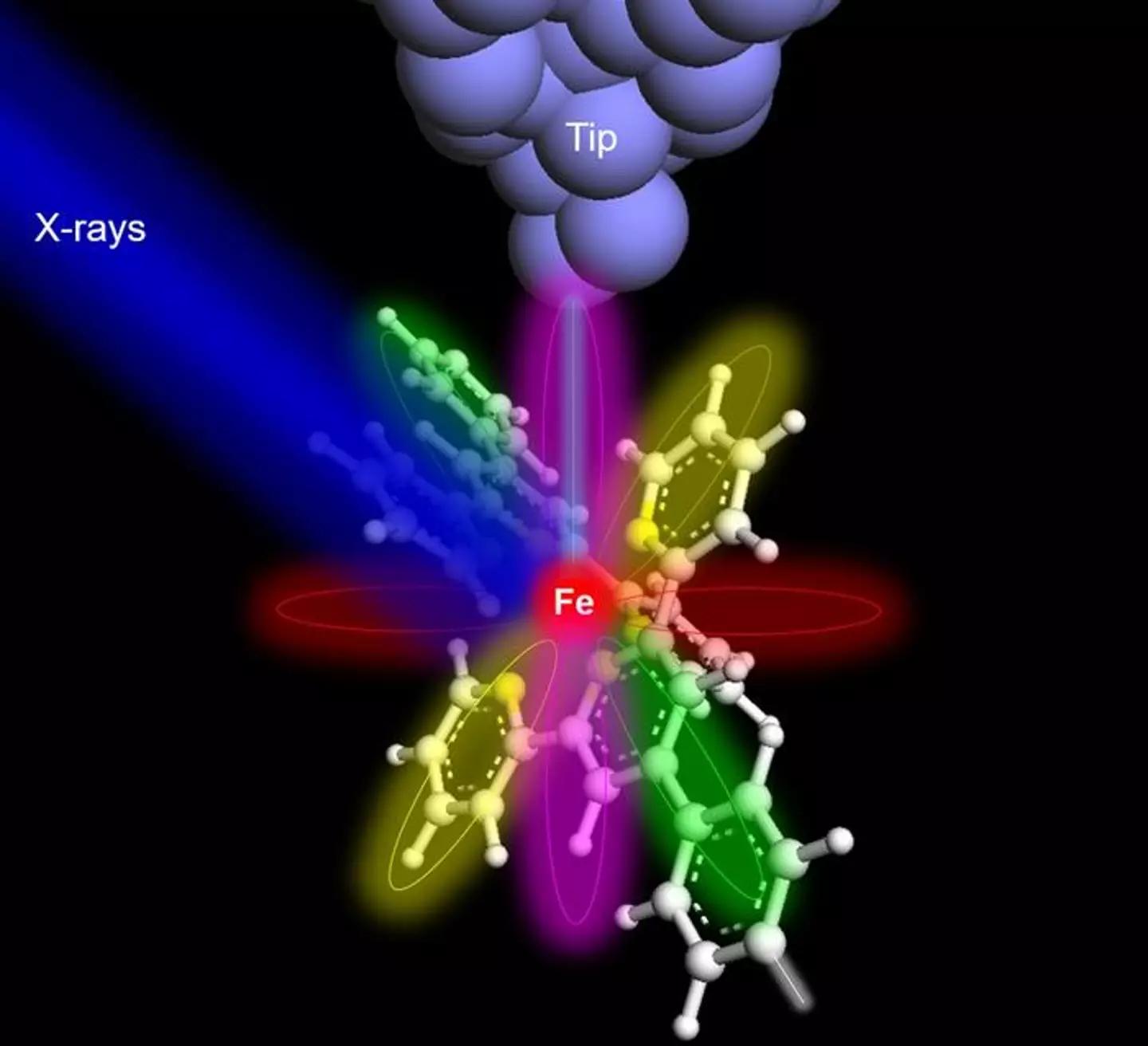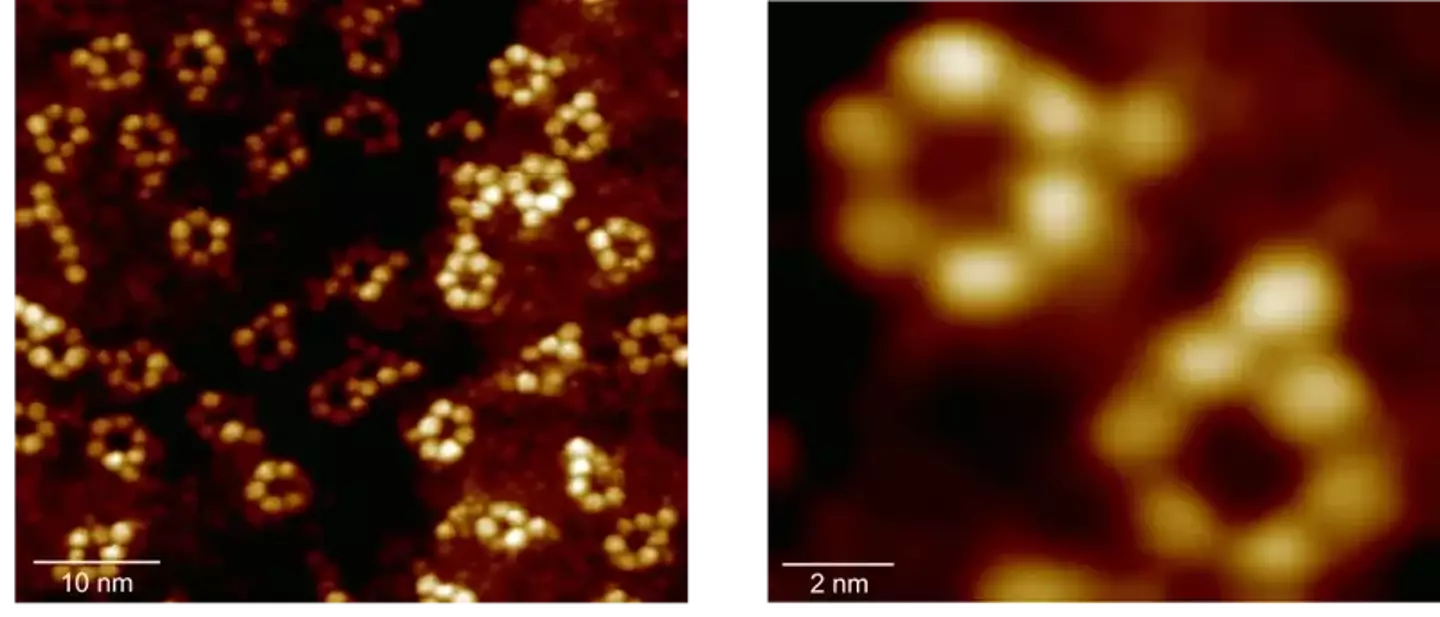Featured image credit: Getty Stock Images
For the first time, scientists have been able to use X-rays to properly study single atoms.
If you’ve ever broken a limb, you may have been X-rayed and gone through some electromagnetic radiation before you could see images of your body’s structures and tissues. Or when you’re walking through the airport and have to empty your pockets before going through security. However, while X-rays can detect many things, until now, scientists have not been able to use X-rays to characterize individual atoms.
Saw Wai Hla, a professor of physics at Ohio University and a scientist at Argonne National Laboratory, led a team of scientists.
In a project funded by the U.S. Department of Energy’s Office of Basic Energy Sciences, the team set out to find a way to pick up individual atoms and be able to characterize them using X-rays — the smallest number to date is 10,000 atoms or more. According to a press release from Ohio University on Eurek Alert.
But why is picking up individual atoms through X-rays so important?

So far, the smallest number of atoms that can be captured by X-rays is 10,000 (Jonathan Kitchen/Getty Stock Images)
Why
Well, Hla explains, without X-rays, there’s no way to know what atoms are made of.
X-rays of individual atoms have been likened to fingerprint images, and not only their physical properties but also their chemical properties can be identified.
Before this project, atoms could be “routinely imaged with scanning probe microscopy,” but scientists could not detect “a specific atom type, one atom at a time” while measuring its chemical state.

The team successfully obtained X-ray images of individual atoms using this technique (Saw-Wai Hla/Ohio University)
how
With the help of a specialized synchrotron X-ray instrument, scientists began testing the device on iron and terbium atoms at Argonne National Laboratory’s Nanomaterials Center.
The team inserted each individual atom into its “respective molecular host.” To detect the X-ray signal of an atom, the team added “a specialized detector to a traditional X-ray detector, which is made of a sharp metal tip and is positioned very close to the sample to collect X-ray excitations.” of electrons”.
The technique is called synchrotron X-ray scanning tunneling microscopy (SX-STM), and the team’s use of the technique “breaks new ground in X-ray science and nanoscale research,” said Tolilope Michael Ajayi, the paper’s first author. .
What’s more, the team achieved their goal of detecting the X-ray signature of individual atoms while simultaneously detecting the chemical state of the individual atoms, finding that terbium atoms “are fairly isolated and do not change their chemical state, whereas iron atoms are very isolated from their surrounding atoms.” The environment interacts strongly.”

X-ray techniques reveal six rubidium atoms and one iron atom (Ajayi et al. Nature)
The research paper – titled Characterizing single atoms using synchrotron rays and. The article published in the journal Nature states: “Our work links synchrotron X-rays to quantum tunneling processes and opens the door to future X-ray experiments to simultaneously characterize the elements and properties of materials at the ultimate single-atom limit. chemical properties.
“Once we are able to do this, we can trace materials back to the ultimate limit of an atom,” Hla is determined. “This will have a huge impact on the environment and medical science, and may even lead to the discovery of a treatment that will have a huge impact on human health.” method.
Topics: Science, Technology, World News
#Scientists #capture #worlds #Xrays #single #atom #remarkable #discovery
Image Source : www.unilad.com
